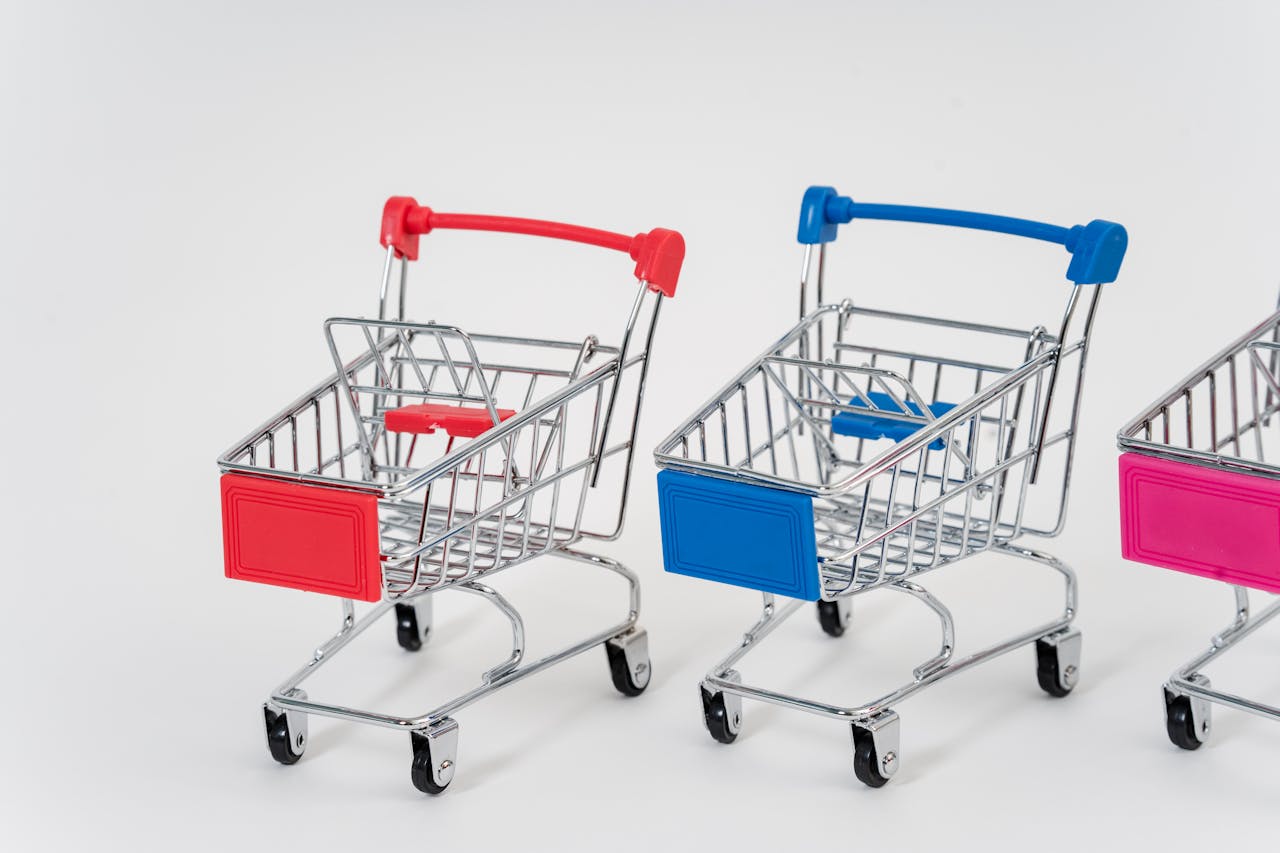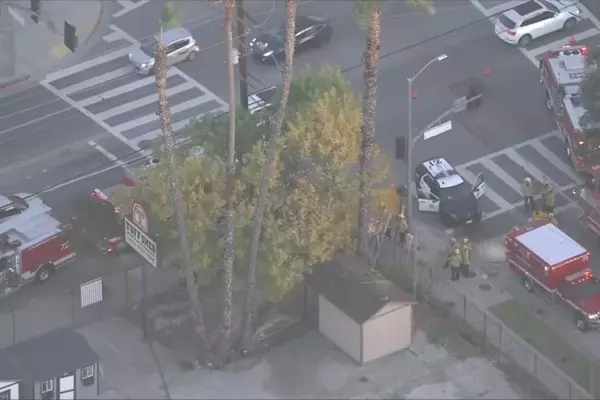
It’s easy to lose track of your spending at the grocery store. With tempting displays, sales tags, and ever-growing shopping lists, you might not even notice the habits that quietly inflate your bill. Overspending at the grocery store doesn’t always mean splurging on luxury items; sometimes, it’s the everyday choices that add up. Recognizing your own grocery cart habits is the first step to getting your budget back on track. If you want to save money and shop smarter, it’s time to examine what your cart says about your grocery shopping routine. Here are ten common habits that reveal you’re overspending without realizing it—and what you can do to change them.
1. Shopping Without a List
Heading to the store without a shopping list is one of the fastest ways to overspend. When you rely on memory, you’re more likely to grab items you don’t really need or forget essentials, leading to extra trips. A clear, written list helps you stay focused and reduces impulse buys. If you notice your cart filling up with random items, this habit could be costing you more than you think.
2. Ignoring Sales and Coupons
If you’re not taking advantage of sales or using coupons, you might be missing out on easy ways to cut costs. Overspending at the grocery store often happens when you pay full price for items that regularly go on sale. Take a few minutes to check the weekly ad or browse digital coupons before you shop.
3. Always Opting for Name Brands
Brand loyalty can be expensive. If your cart is packed with only name-brand products, you’re likely overspending at the grocery store. Store brands or generics often offer the same quality at a much lower price. Challenge yourself to swap a few items and compare. You might find no difference—except in your total at checkout.
4. Buying Prepared or Pre-Cut Foods
Pre-cut fruits, pre-washed greens, and ready-to-eat meals are convenient, but that convenience comes at a premium. If your cart is filled with these products, you’re paying extra for labor and packaging. Buying whole produce or cooking from scratch can save a significant amount over time. It may take a few more minutes in the kitchen, but your wallet will thank you.
5. Grabbing Items from End Caps and Checkout Displays
End-of-aisle displays and checkout lanes are designed to tempt you with last-minute purchases. These spots often feature higher-priced snacks, drinks, or novelty items. If you frequently add items from these areas to your cart, you could be overspending at the grocery store without realizing it. Stick to your list and try to avoid these impulse zones.
6. Not Comparing Unit Prices
It’s easy to assume that larger packages are always a better deal, but that’s not always true. Failing to check unit prices can lead to overspending. The shelf tag usually lists the price per ounce or pound, making it easier to find the best value. Take a moment to compare, especially when stocking up on pantry staples.
7. Shopping When Hungry or Stressed
Your mood can have a big impact on your grocery cart. Shopping when you’re hungry often leads to grabbing more snacks and treats. Stress shopping can also cause you to toss in comfort foods or unnecessary extras. Being mindful of your state before you shop can help you avoid overspending at the grocery store.
8. Overbuying Perishables
If you regularly toss spoiled produce or expired dairy, you’re overspending by buying more than you can use. Overestimating how much fresh food you need is a common habit. Plan your meals and buy only what you can realistically eat before it goes bad. This simple change can reduce both waste and your grocery bill.
9. Falling for Multi-Buy Deals You Don’t Need
“Buy one, get one” or “5 for $5” deals can be great—if you actually need that much. If you’re loading your cart to chase a deal but won’t use the extras, you’re still overspending at the grocery store. Read the fine print and only take advantage of these offers for items you’ll use before they expire.
10. Skipping the Bulk Section
Many shoppers walk right past the bulk bins, missing out on potential savings. Buying in bulk lets you control portions and often costs less per unit. If your cart is full of individually packaged grains, nuts, or snacks, you might be paying a premium for packaging. Give the bulk section a try and see if it helps your budget.
Small Changes, Big Savings
Overspending at the grocery store doesn’t have to be your norm. By paying attention to these cart habits, you can spot where your money is slipping away and make easy adjustments. Even small changes—like making a list or swapping a few name brands—can add up to noticeable savings over time.
What grocery cart habits have you noticed in yourself or others? Share your experiences in the comments below!
What to Read Next…
- Impulse Buyer Alert: 10 Behaviors Of Someone Who Can’t Control Their Spending
- 7 Clues On Your Grocery Receipt That Suggest You Might Be Overspending And How To Fix It
- 5 Reasons You’re Overspending At The Grocery Store
- 10 Ways Supermarkets Influence Your Spending And How To Outsmart Them
- Spending Money Dilemma: 7 Clues That You’re Wasting Your Extra Money On Bad Grocery Store Habits
The post 10 Cart Habits That Reveal You’re Overspending Without Realizing It appeared first on Grocery Coupon Guide.







